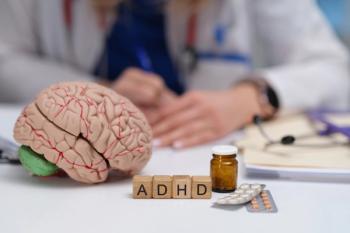
Simulated driving programs for teenagers with ADHD
Teenagers with ADHD were less likely to engage in long glances away from the road after taking a computerized skills-training program, reducing the risk of collisions.
Computer simulated driving programs reduce the risk of road collisions in teenagers with attention deficit-hyperactivity disorder (ADHD), according to a recent study.
ADHD has been associated with increased risk of road collisions in the teenaged population. Investigators hypothesized that this risk could be reduced using a computerized skills-training program. This program could reduce long glances away from roads, which has been recorded as a factor in increased risk of collision.
Investigators evaluated the effects of a computerized skills-training program in reducing long glances away from the road, with long glances defined as lasting 2 or more seconds. The program was tested in individuals aged 16 to 19 years with ADHD, assigned 1 to 1 in 2 groups, each with their own program.
The first program was Enhanced Focused Concentration and Attention Learning. This intervention program was made to reduce the number of long glances. The second program was conventional driver’s education and was used as a control.
Primary outcomes included number of long glances and deviation from standard lane position. Secondary outcomes included rate of long glances and number of collisions or near collisions because of a sudden change in the vehicle’s momentum. Tests included simulated drives for 15 minutes at the start of the study and at both 1 and 6 months of training.
In the intervention group, there were 16.5 glances per drive on average at month 1, which decreased to 15.7 long glances per drive at 6 months. The control group had 28 long glances at 1 month and 27 long glances at 6 months.
Standard deviation from lane position in feet was 0.98 at 1 month and 6 months for the intervention group, and 1.20 at 1 month and 6 months for the control group.In the year after training, the intervention group had a long glance rate of 18.3% per G-force event, compared to 23.9% in the control group.
Teenagers in the intervention group saw a reduced number of long glances away from the road both during and after training. This indicates that computerized skill-training programs could reduce the number of road collisions in teenagers with ADHD.
Reference
Epstein JN, Garner AA, Kiefer AW, Peugh J, Tamm L, MacPherson RP, et al. Trial of training to reduce driver inattention in teens with ADHD. N Engl J Med. 2022;387(22):2056-2066. doi: 10.1056/NEJMoa2204783.
Newsletter
Access practical, evidence-based guidance to support better care for our youngest patients. Join our email list for the latest clinical updates.








